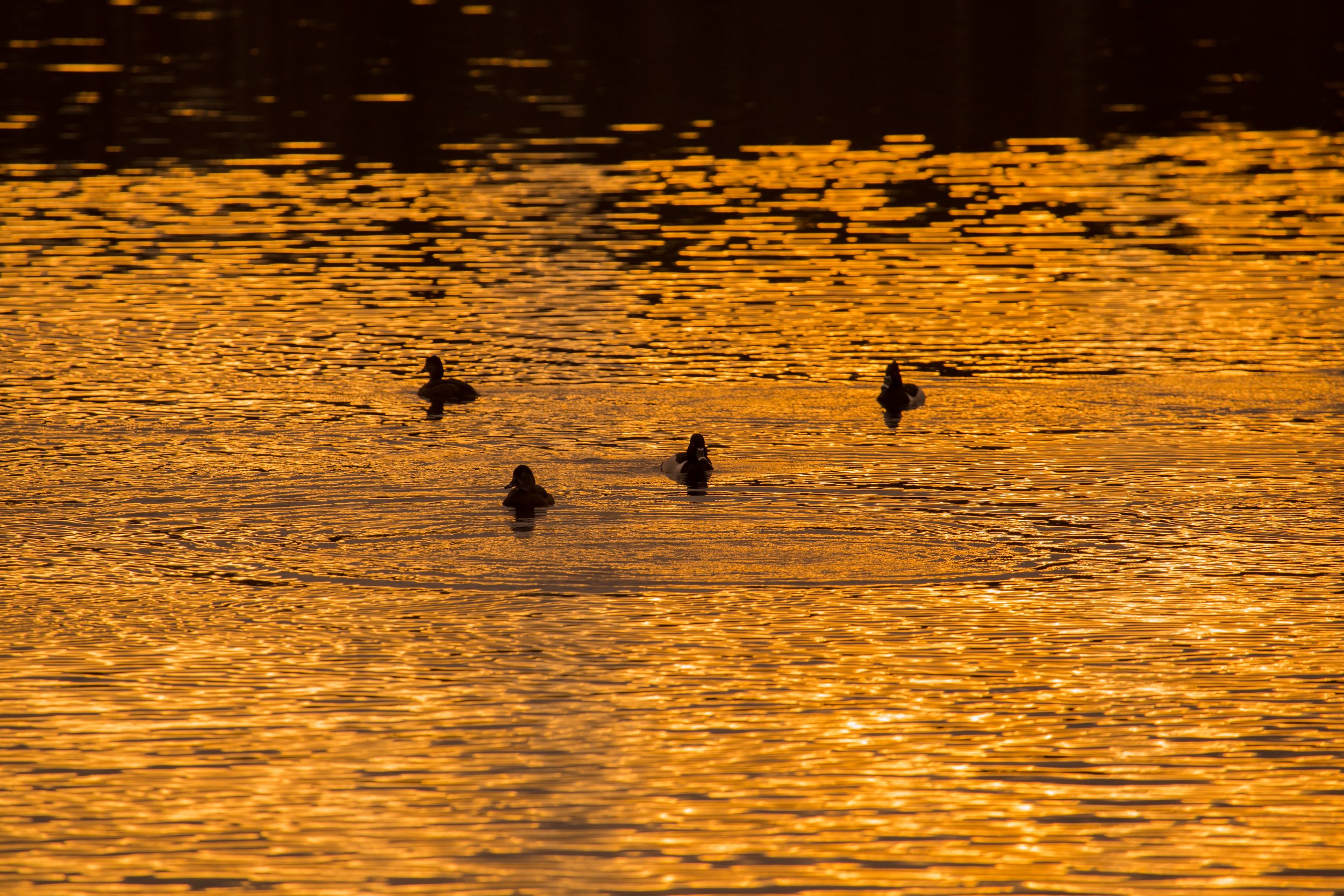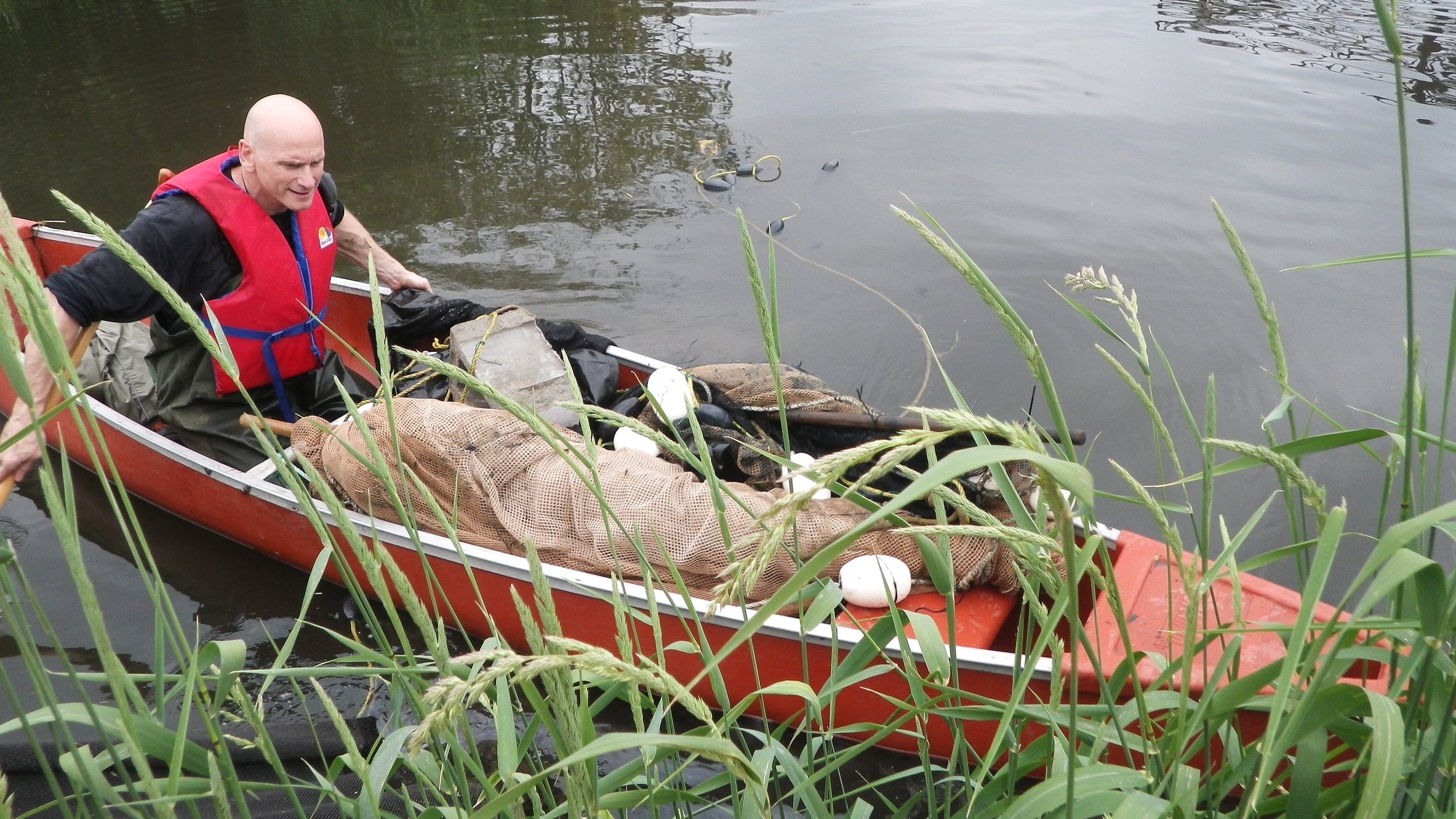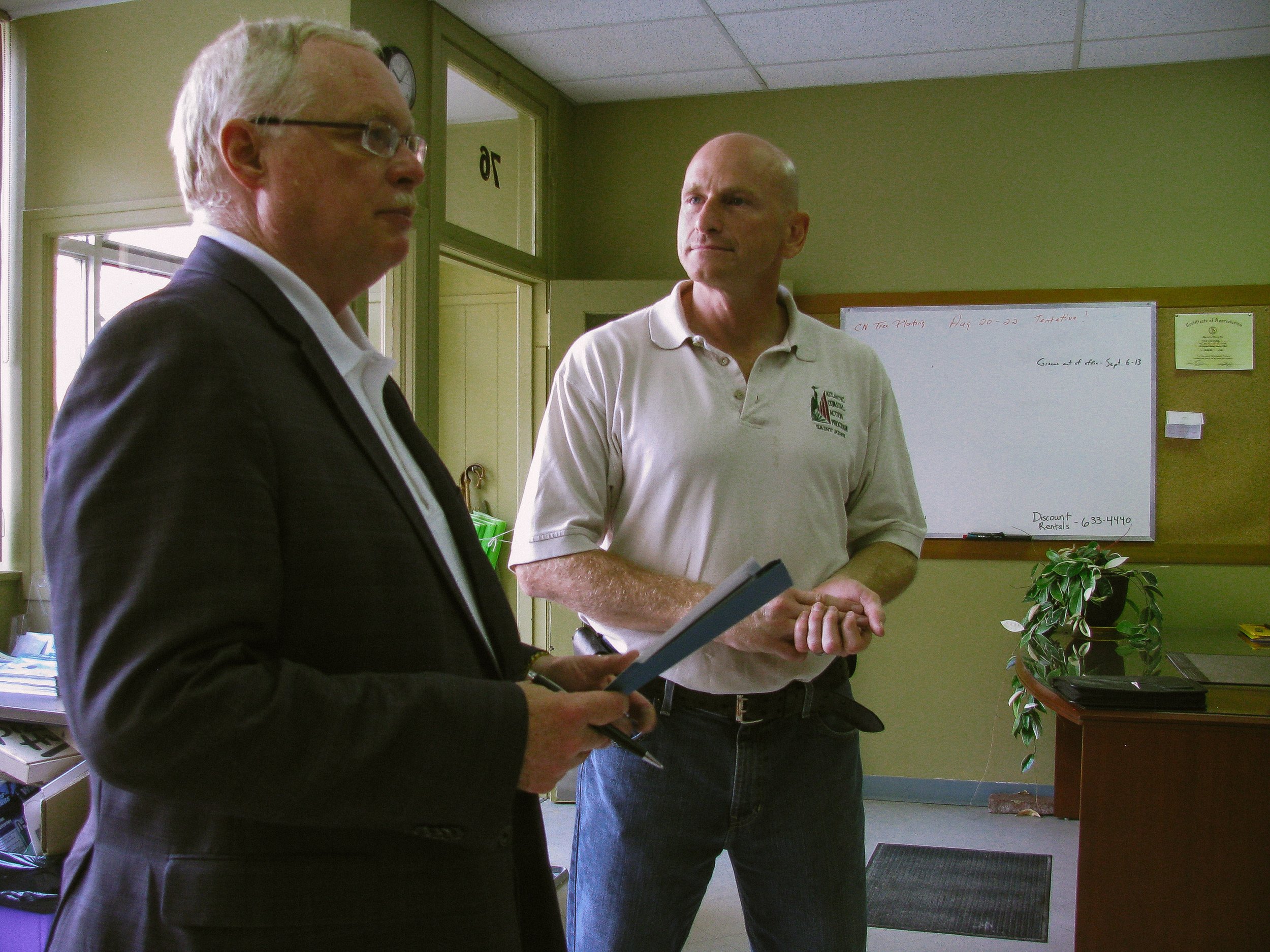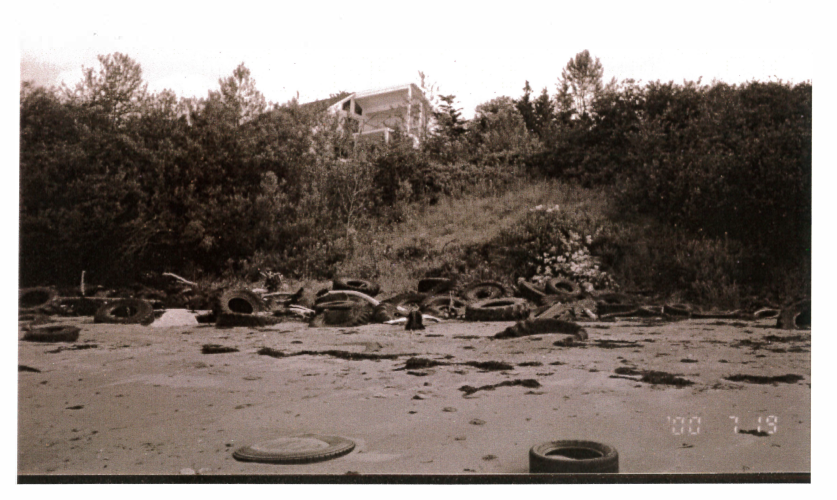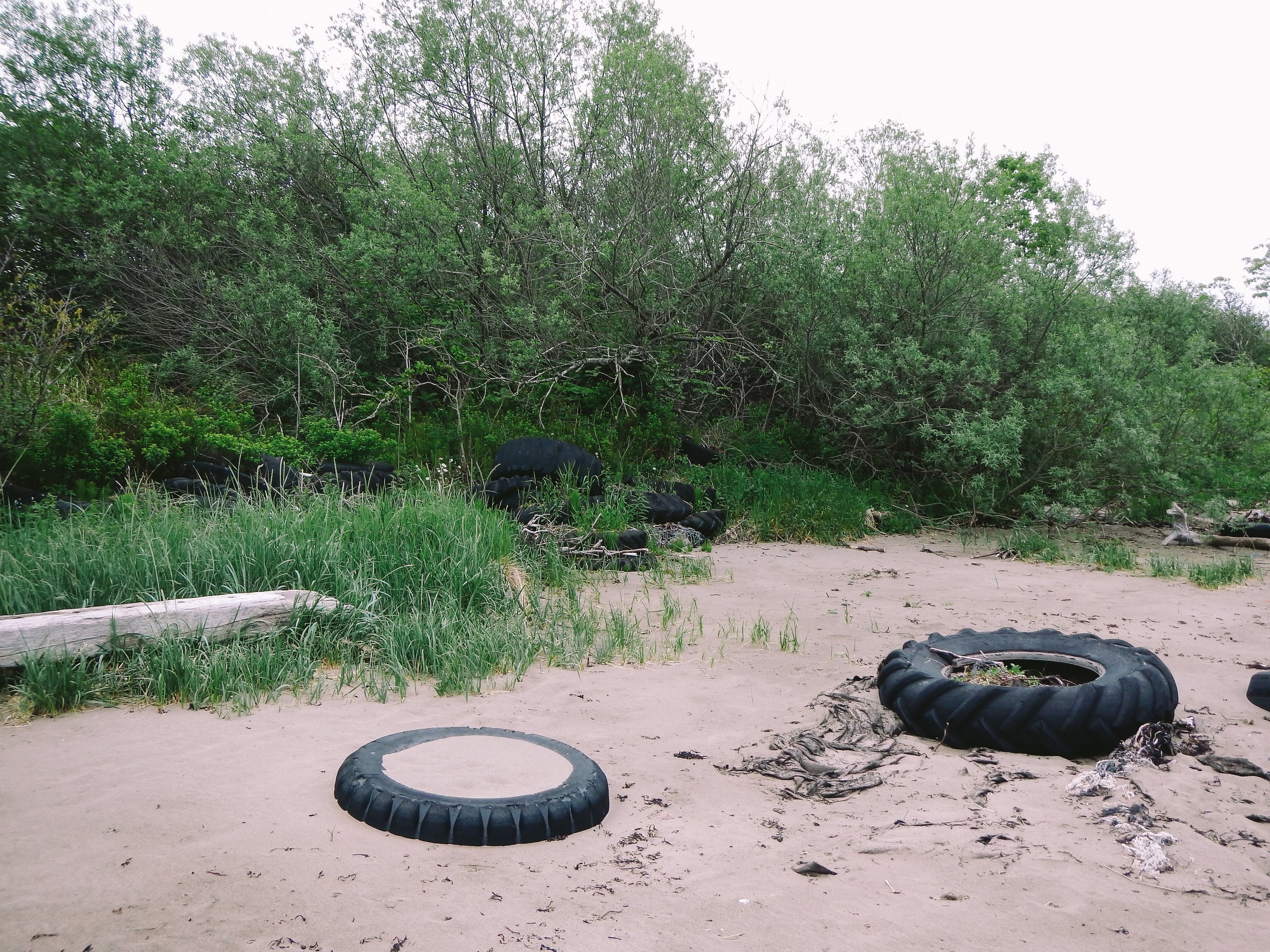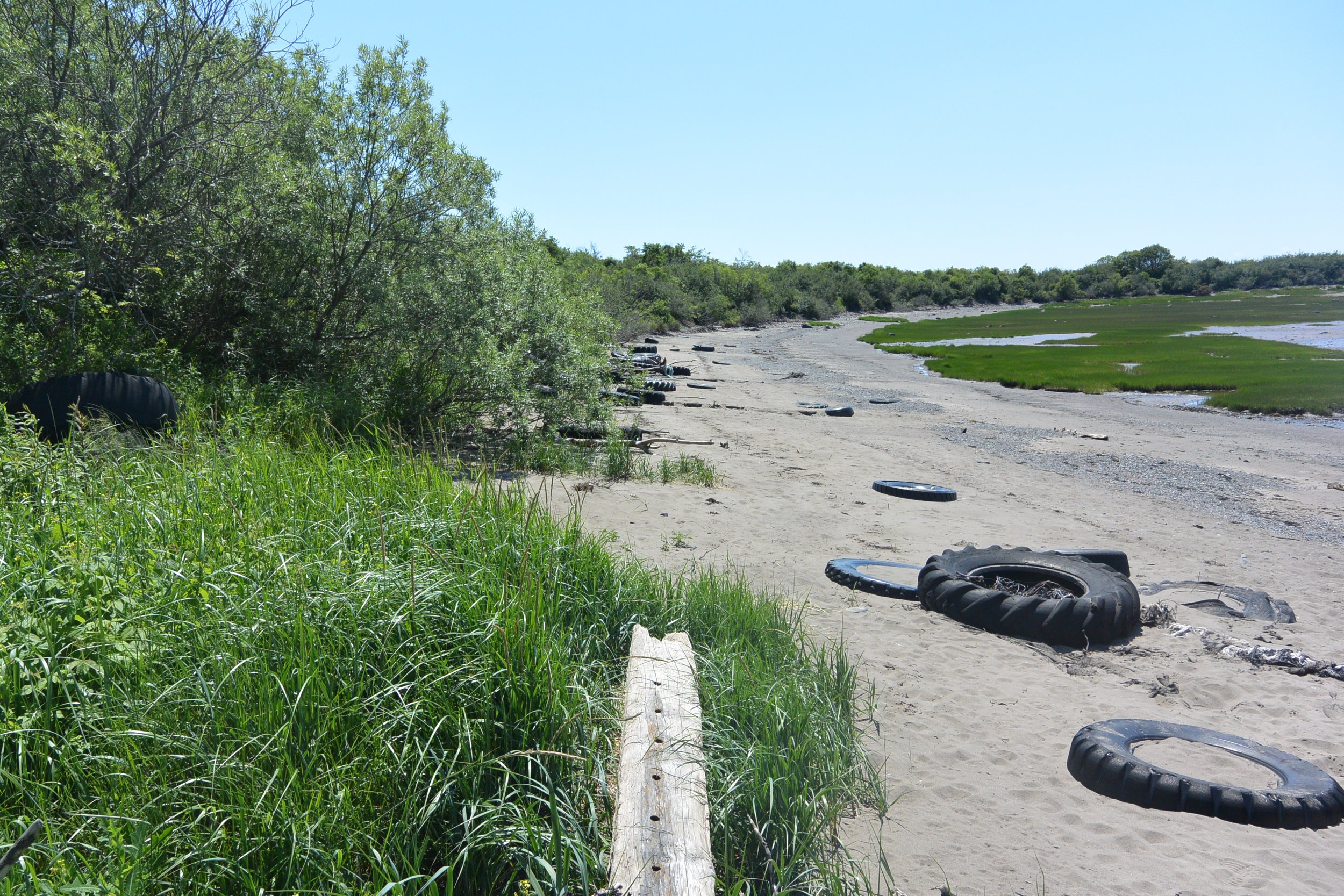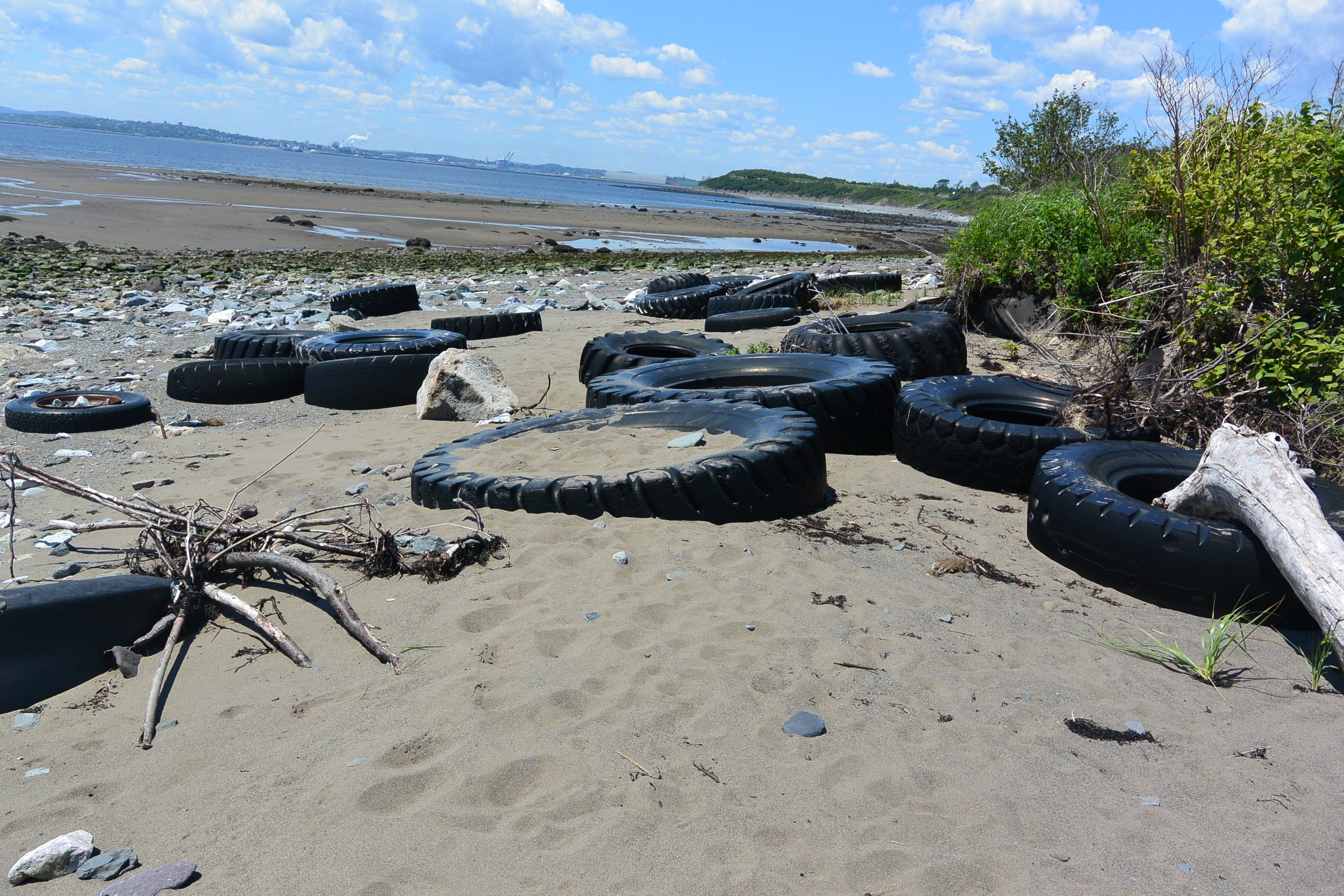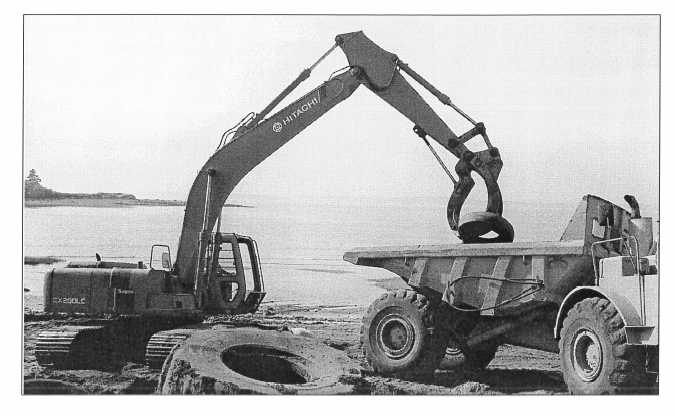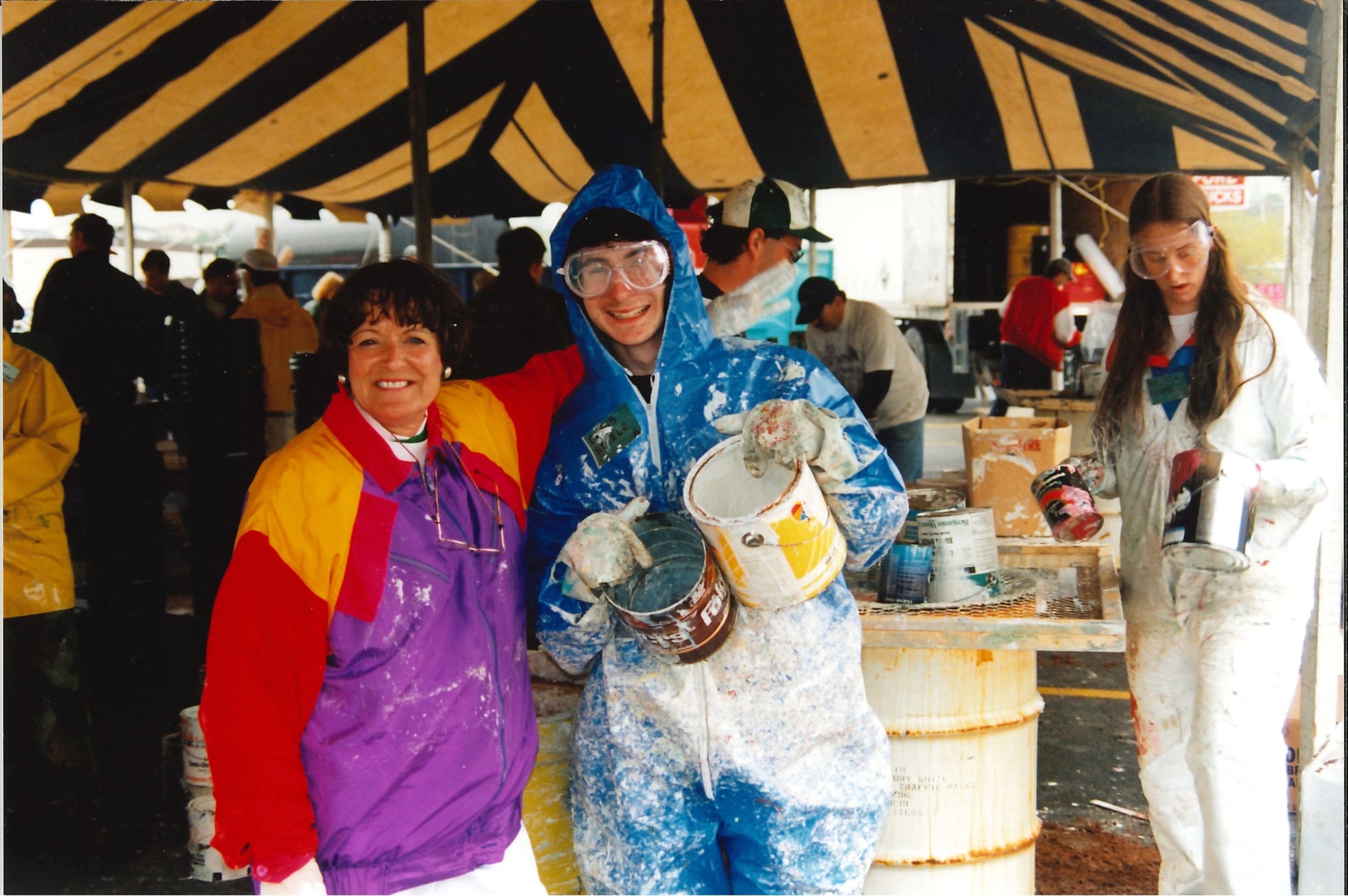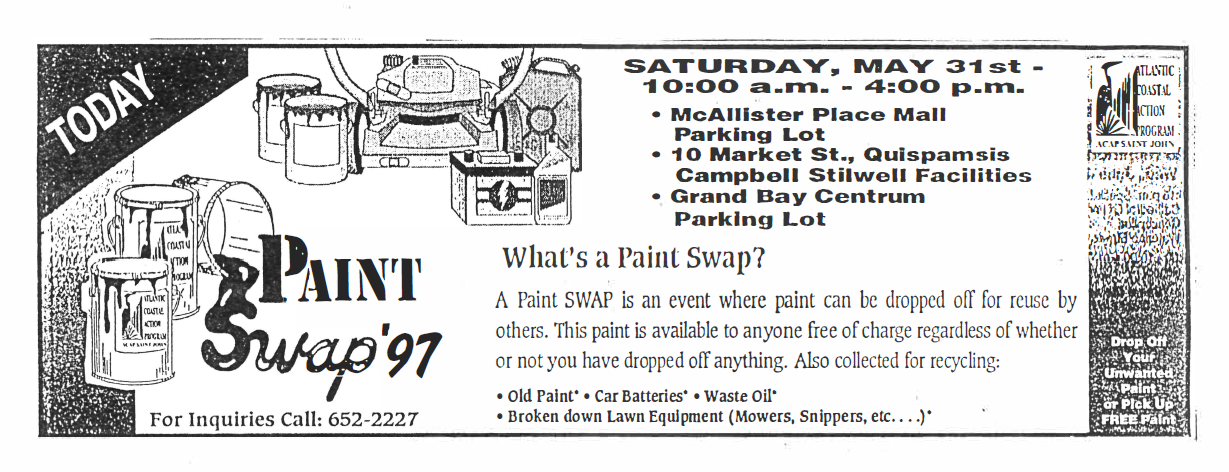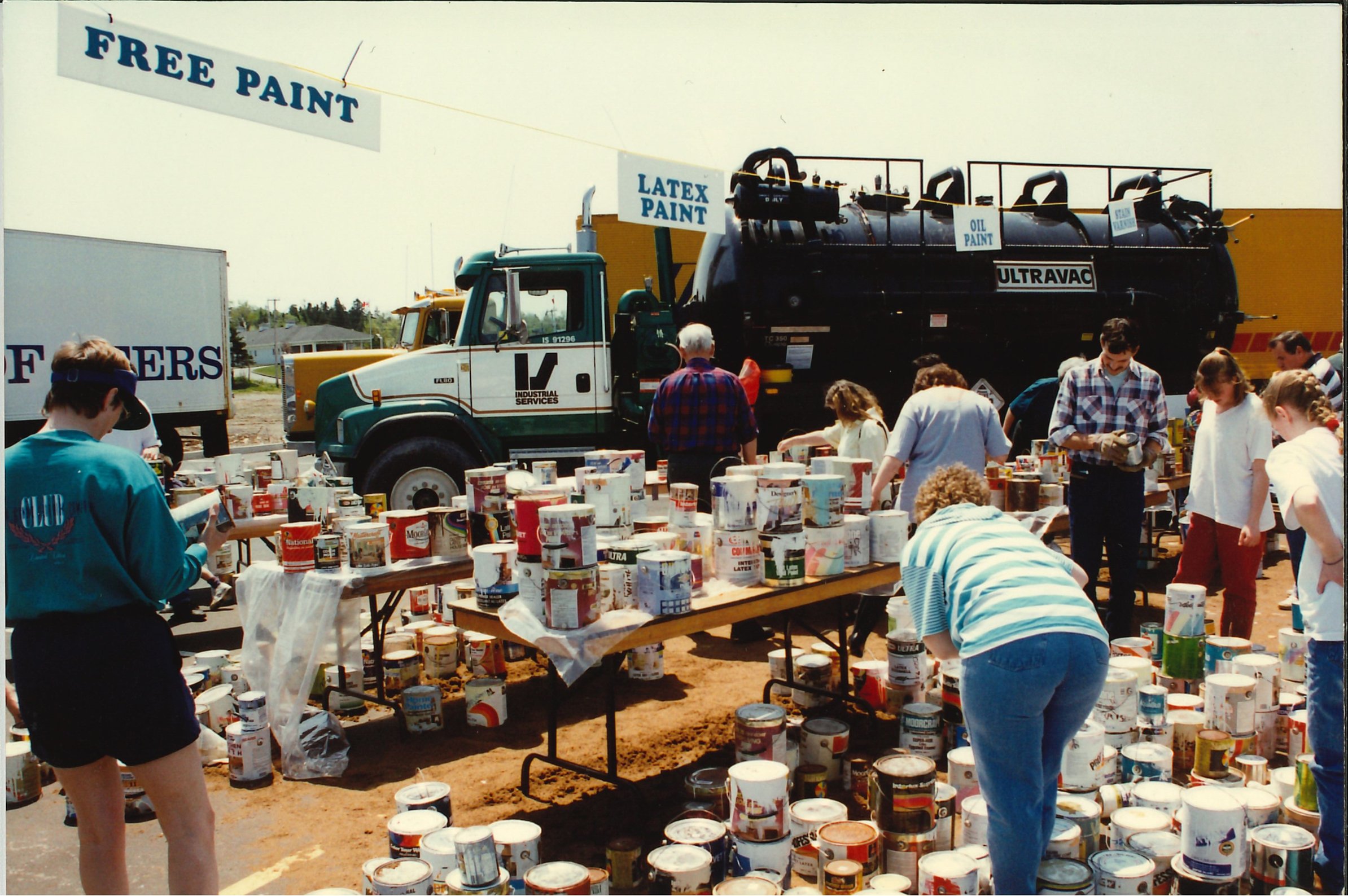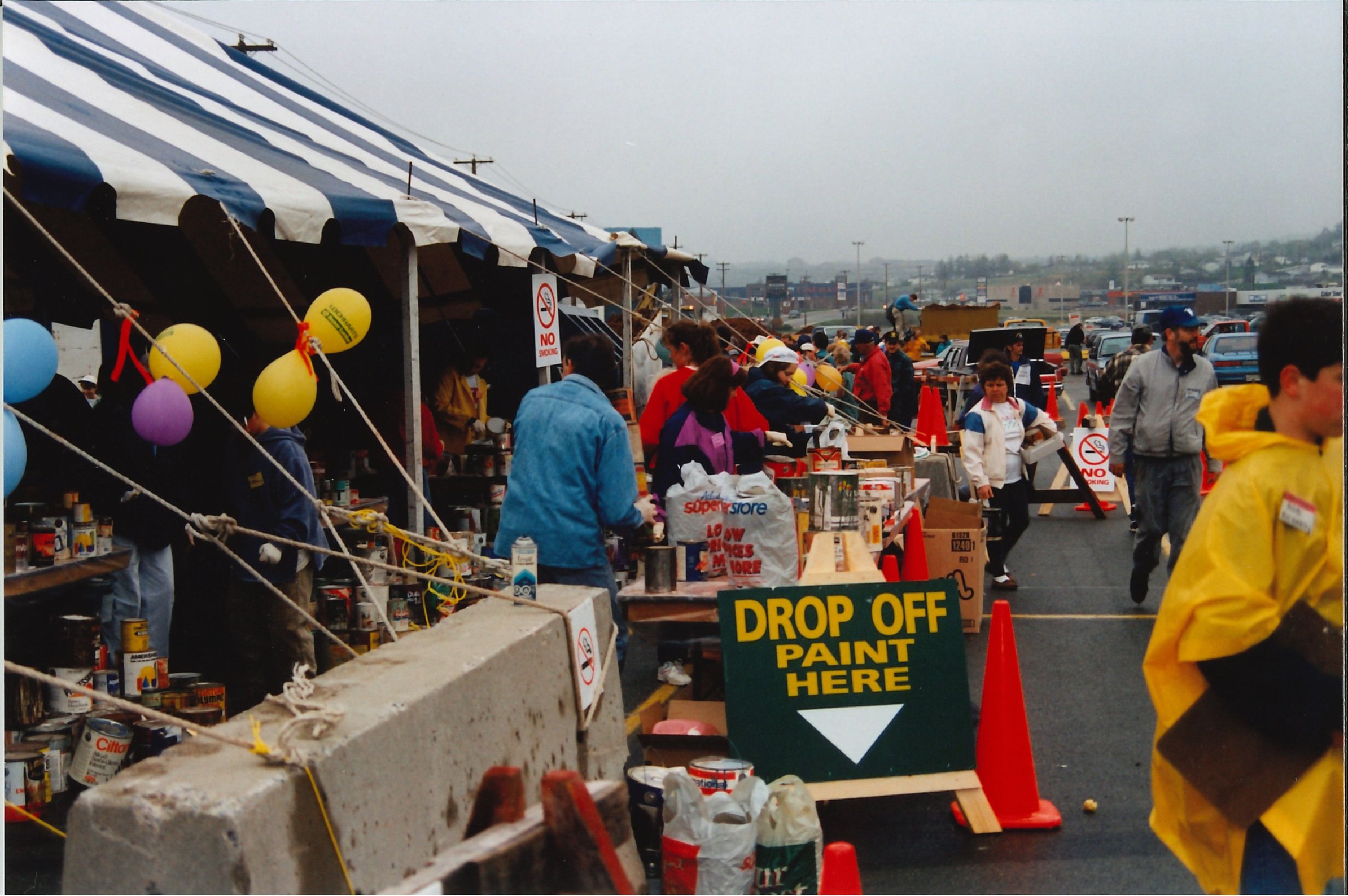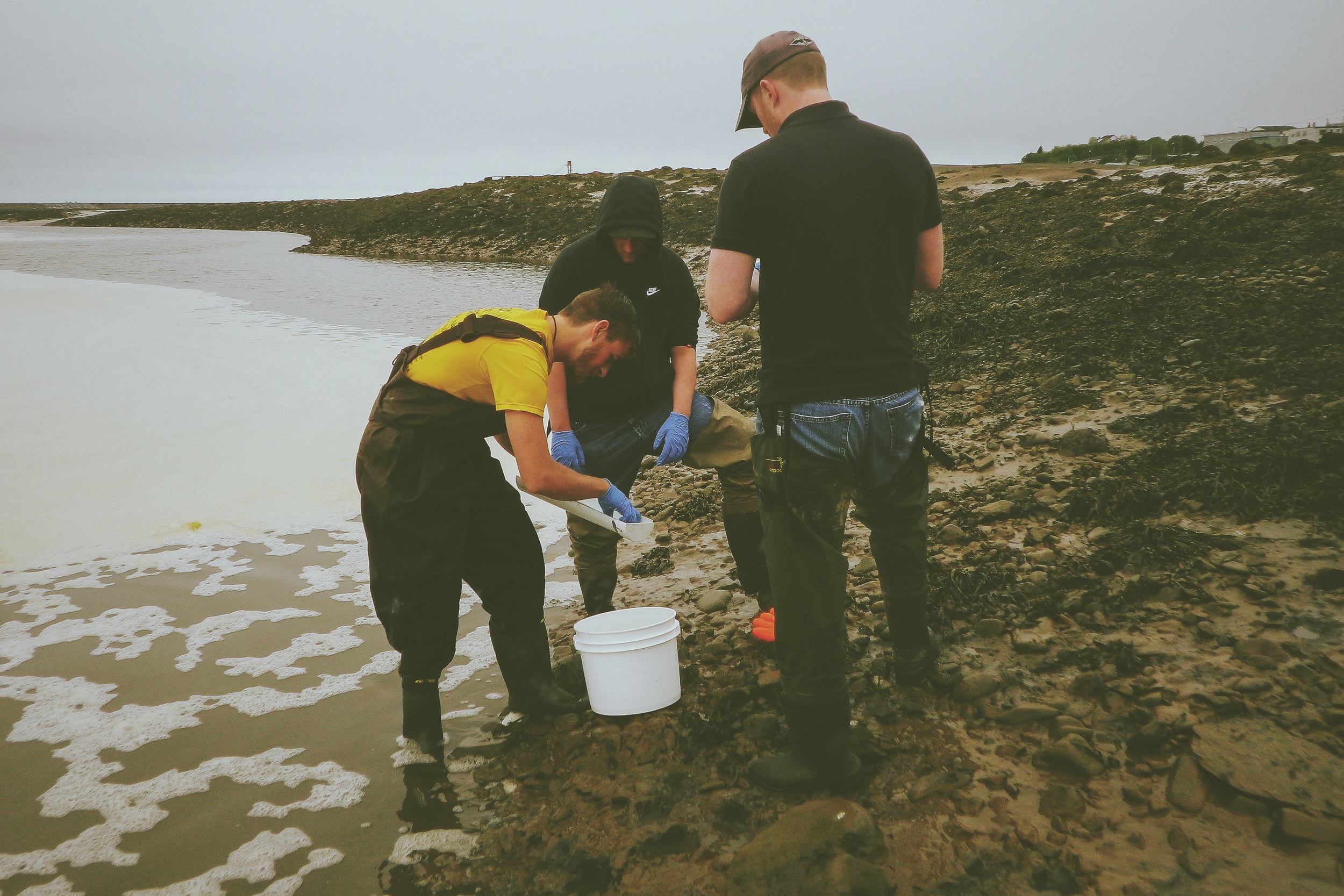
STAFF BLOG
#30yearsACAP Memories - Brian Comeau
Brian started out as an ACAP board member in 2011.
Brian at a tree planting event in 2021.
Since then, he has served many different roles including vice president and president!
TAKE A MINUTE TO READ ABOUT WHY BRIAN HAS SUCH A PASSION FOR HELPING OUT ACAP SAINT JOHN!
American beaver photographed by Brian at the Little River Reservoir Park.
As a nature photographer I’ve been quite often frustrated by trash left behind on beaches, in the woods and near waterfalls. It is so discouraging to see so many beautiful places abused by people who don’t seem to have the same appreciation for nature.
After several conversations with a friend of mine, Brenda McCallum, who works for the Fundy Regional Service Commission, she introduced me to ACAP.
Brian and his coworkers planting tree along Marsh Creek in 2013.
After a brief introduction to the work ACAP was doing I immediately wanted to get involved with community cleanups and their tree planting. I’m not sure when it was but around 2008 or 2009 I participated in my first Marsh Creek Cleanup and I was shocked by the amount of garbage and other items collected around the east side. I couldn’t get over that 100 or so people could collect 2 dumpsters full of trash in just a morning of work.
Year after year ACAP and the Marsh Creek Cleanup introduced me to what I would refer to as hidden gems around the city. I’ve lived in the area my whole life but wasn’t aware of the incredible beauty next to the industrial and commercial areas of Saint John. I learned about Little River, Hazen Creek, Spar Cove, Glen Falls, Silver Falls and developed a new appreciation for the Bay of Fundy, Kennebecasis River and Rockwood Park thanks to ACAP.
Alexandra Cousteau when she visited Saint John in 2011.
A major highlight of my time with ACAP was in 2010 when I connected my friend David Rolfe with ACAP because he had a business connection with Alexandra Cousteau and her Blue Water Expedition. Tim Vickers and Graeme Stewart-Robertson were keen to get involved and the two of them were able to convince Alexandra and her team to come to Saint John and tour around Marsh Creek and share the ACAP story with a global audience. Alexandra even took a canoe on Marsh Creek with her mother Jan and our group to get a better understanding of the importance of the watershed and connection to the Bay of Fundy.
Brian amongst the rest of the ACAP team during the 2022 Partridge Island Cleanup!
In 2011, I was nominated to the board of ACAP and I’m grateful for everything I’ve learned from the amazing staff over the years. During my time on the board, I’ve been provided the opportunity with my friends at ACAP to participate in beach cleanups in Red Head, Courtney Bay, Lorneville, around the Digby Ferry Terminal and just this past summer on Partridge Island. I’ve planted trees around the Rez, Rockwood Park, west Saint John, Tin Can Beach, the old North End and in KV.
As the Past President now, I look back at all the staff and board members and what they have accomplished and feel a tremendous sense of honour to have been part of this organization. Meeting after meeting I’m in awe of the staff, and the knowledge and talents they demonstrate on a daily basis. Hearing about microplastic monitoring, Harbour Seal monitoring, Cyanobacteria testing, and all the other work the staff is doing in and around Saint John gives me a great sense of hope for the future of the area.
Great Blue Heron flying over the Hampton Marsh captured by Brian.
#30yearsACAP Memories - Tim Vickers
Tim Vickers was the Executive Director of ACAP Saint John between 2003-2014.
Tim Vickers thanking volunteers at the 2009 Marsh Creek Cleanup!
Newspaper clippings of Marsh Creek contamination.
When Tim took on the role as ED, the City of Saint John was still discharging an estimated 200 swimming pools worth of sewage (raw and untreated) from residents and businesses directly into Marsh Creek.
Tim and his team spent the next 10 years monitoring the health of Marsh Creek through water quality testing, fish monitoring, community cleanups, and riparian enhancement before Harbour Cleanup was officially completed in 2014.
ACAP Saint John wouldn’t be where it was today without the leadership provided by Tim for all these years. Take a minute to read about one his fondest memories during his ED role!
Harbour Cleanup was the flagship mission of ACAP Saint John.
As a $100 million infrastructure project, it was subject to intense political wrangling over funding commitments from the municipal, provincial, and federal governments. At the time of my tenure as Executive Director, the municipal government had committed its third of the funding, with the federal government indicating they’d come to the table once the province stepped up….but the province was dodging the commitment.
Letter to the federal gov, early 2000s.
I gave a talk on the subject at Harbourview High School and the students were appalled that their generation had to live with a legacy sewage issue that could so be readily resolved. So, they took it upon themselves to write to the Premier of New Brunswick and voice their displeasure. I was encouraged by their action and followed up with a letter to the editor of the Telegraph Journal of my own.
I thought little else of the letters until the Premier rolled into my office with two ministers and requested that my staff leave so we could talk. Given the pending provincial election that year and the bad press the letters generated, I can assure you that we did not engage in a lighthearted discussion with joyful banter. Long story short, Harbour Cleanup became a pivotal plank in the election for the Saint John region, and the new Premier held true to his promise and signed off on the province's third of the funding as his first official act in office.
To this day, I reflect on the incredible influence that a group of teens had not only on the Premier of New Brunswick, but on my personal conviction to follow through on issues that mattered. With the example set by those students, and the knowledge that we had the backing of the greater Saint John community, ACAP Saint John achieved its foundational mission of nurturing the political environment needed to deliver the funding for Harbour Cleanup.
Artist Josh Beutel drew this poster for the 2nd Annual Marsh Creek Cleanup (formally known as the Marsh Creek Sweep) in 1998!
And future generations of teens will (appropriately) never have to bear the burden of living with untreated wastewater in Saint John’s waterways.
#30yearsACAP Memories - Jean MacDonald
Jean MacDonald has been involved with ACAP Saint John’s board of directors from the very beginning.
Jean (far right) in 2011 when the Environmental Minister visited the ACAP office.
She served as a teacher representative, and on several of the executive positions. She has seen and been a part of many of our projects over the years including Harbour Cleanup, the Paint Swap and many beach sweeps.
Example of erosion issues in Red Head.
A memory that stood out for Jean is the erosion issues at Red Head Beach and the efforts put into place to help slow down erosion in the neighbourhood. Due to the damaging slides, homes in the area were at risk of falling directly into the Bay of Fundy.
Comic, Times Globe (2000)
In 1998, the Red Head Shore Restoration Committee was formed, and through funding from the provincial government and the Regional Development Corporation 4,000 tires were placed at the base of the slope and anchored into the sand using 3/8” rebar. The structure was designed to act as a breakwater to protect the clay slope from further erosion. It was intended that the waves would essentially help the structure by washing sand and silt into the voids between the tires and rocks.
By 1999, various winter storms had weakened the structure considerably, rebar had loosened, and some tires had floated free from their anchors - the structure was a complete failure. Not only did this result in scattering tires over a large portion of the beach, but it also created a human health and safety risk associated with hundreds of pieces of rebar and steel-reinforced tire remnant jutting from the sand and water.
Tire removal at Red Head beach (2000)
Subsequent cleanup efforts by ACAP Saint John and various partners removed over half the tires and over ten tonnes of steel (tire rims and rebar) between 2000 and 2001. It was actually Jean’s Environmental Science class from the Woodlawn Learning Centre that came out and were was able see environmental problems first hand in their community. Jean’s students were eager to aid in the cleanup and met Tim Vickers at the beach and went to work. The class got to work immediately digging tires and rebar out of the sand. They were successful retrieving a great amount of tires and were eager to keep going!
Newspaper article (2000)
Thanks to the hard work of Jean’s class and community volunteers many tires have been removed from the beach, however erosion challenges are still prevalent in the Red Head community. In 2021 ACAP visited the area to assess the condition of the shoreline as part of a larger project that looked at 10 coastal areas in Saint John. During the assessment many tires and rebar were observed along the beach demonstrating the long-term impacts that can be associated with protective installations. While there is no single solution for erosion, education is critical for building awareness whether it is through reading our Living Coastal report or through beach cleanups where volunteers physically observe the impacts of erosion. The work that Jean and her students completed during the Red Head tire removal project not only resulted in an improvement in the environmental conditions on the beach, but also provided valuable information about future cleanup initiatives.
#30yearsACAP Memories - Patrick Desmond
Patrick Desmond became involved with ACAP around 1993. At the time, ACAP was a fledgling organization and one of their first projects was a Materials Exchange (a database where companies list surplus or unused excess materials). Patrick was hired as the coordinator for this project to match the supply of these materials to a final home or user for the materials.
At the time, he was completing his M.Sc. in Environmental Studies at UNB Fredericton. During his first year of being hired, the Executive Director, Frank Hogan, left to pursue other interests. The Board suggested that Patrick would make a good replacement for Frank. However, being a full time student plus having a full time job was thought to be too much, so Patrick had a great idea: share the Executive Director’s job! Allison Lowe was in Patrick’s grad school class and decided to both work part time hours as ED and still have time to finish their degrees. Allison and Patrick shared the ED position for almost 5 years!
Paint Swap
Check out what Patrick had to say about one of his most memorable ACAP projects!
Advertisement for the Paint Swap event
The project which I most enjoyed was the Paint Swap. We ran it for 2 -3 years. The idea – piggy backing on the Materials Exchange idea - was to keep left over paint out of the landfill by having a one day event where people brought in leftover/excess paint and then the volunteers would mix latex paints together and oil paints together and give it out free of charge to anyone that wanted it. We advertised it heavily and received permission from McAllister Mall to set up in one corner of the parking lot to run the exchange.
1994 Paint Swap event
The first year was a great hit – paint would come in – we opened it up to make sure it was still good – mixed it with other like paints and then handed it back out. Any paint that was no good we had hired Laidlaw Environmental to take it away in totes which they supplied. Empty cans were put in a dumpster. The lineup to receive good paint was unbelievable. People would line up and stand there and just take whatever we would give out. Any good paint was almost gone immediately.
1997 Paint Swap event
With the great success of the first year, we planned a second one the following year. The funding to pay Laidlaw came from the Environmental Trust Fund and the bill was over $10,000 the first year. Well, the second year Paint Swap made the first one appear like a dud. The day of the event, the cars were lined up 25 – 50 deep to drop off paint! People were pushing hard to get the good paint. It was full on pandemonium at times. Some cars drove up and dropped off full, unopened cans of paint. It was then that other issues began to emerge – one guy showed up with what looked like dynamite sticks he wanted to get rid of – other people were dropping off pesticides and other materials that we really didn’t want or expect. It was a good thing the Laidlaw guys were there to handle all of these unexpected items.
While it was a huge success, the bill from Laidlaws doubled or tripled from Year 1 to Year 2. Concerns were raised at the Board level of liability of volunteers being injured with some of the material coming in. It is here that my memory gets foggy as I don’t think we ran it the third year. I think we submitted the proposal for a third year but the Environmental Trust Fund did not want to give us the money as the cost of the project was starting to be much more than they wanted to spend for paint disposal. That and the liability of the volunteers weighed heavily on the Board members concerns.
We found this report from 1997 indicting the Paint Swap ran for 4 years!
I look back at this project as one of the best for a number of reasons: HUGE community buy in, many volunteers worked and loved the project, huge amounts of paint, oil and latex kept out of the landfill and proper disposal of waste paint. I just loved this project.








